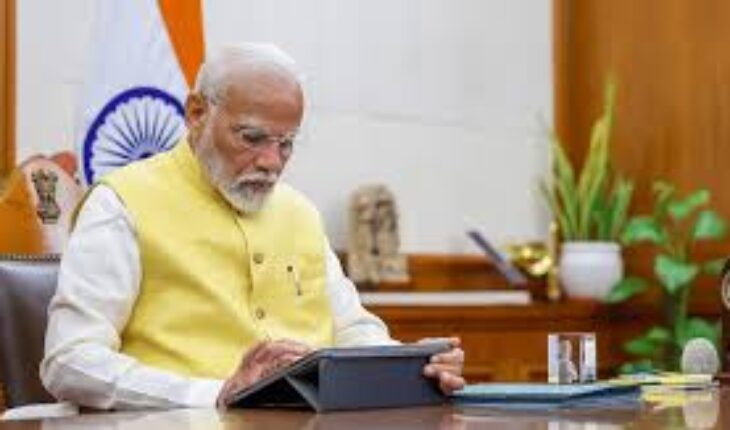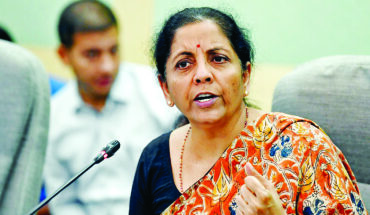As the Narendra Modi government embarks on its third term, the pressing issue of employment generation looms large. The upcoming Union Budget is expected to address this challenge, but solutions won’t come easily. The rapidly changing economy, driven by technological advancements, requires fewer workers, while the number of young job seekers continues to swell. Recent studies paint a stark picture. The Annual Survey of Unincorporated Sector Enterprises reveals that only 21 per cent of establishments use the internet for entrepreneurial activities, while the unincorporated non-agricultural economy employs a significant 11 crore workers. The International Labour Organisation’s India Employment Report warns of stagnant manufacturing employment and a slow transition of jobs from agriculture to non-agriculture. The government must initiate thoughtful solutions. Imposing a robot tax and incentivizing job creation, as demanded by the Swadeshi Jagran Manch, and convening the Indian Labour Conference, as urged by trade unions, are steps in the right direction. However, more robust measures are needed to stop job losses and generate employment. Technological innovations must reduce workloads, not create hurdles for livelihoods. To industrialise agriculture production, public and cooperative investment can create jobs and ease the burden on farmers. A collaborative approach involving the private and public sectors, labour unions, states, and political parties is crucial to designing a growth model that prioritizes job creation. Global experiences show that economic growth without employment growth can lead to social and political upheavals. Acknowledging the problem honestly is the first step towards mitigating measures. The government must act decisively to address this challenge and ensure sustainable employment opportunities for India’s growing workforce. This is the only way to take the country towards progress and prosperity.
Modi govt is in a tight spot as job crisis looms large
Published Date: 20-07-2024 | 12:14 pm




